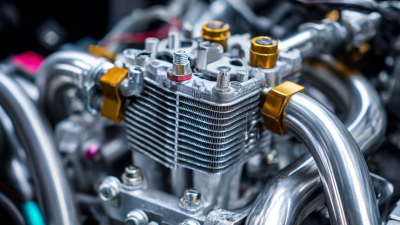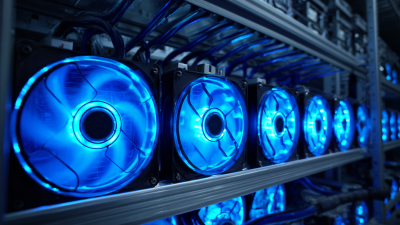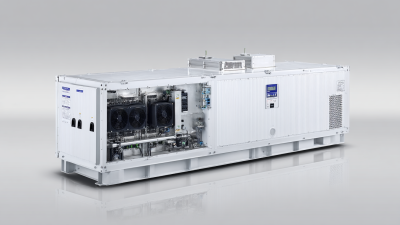In recent years, the focus on energy efficiency has intensified, leading industries to seek innovative solutions to reduce consumption without compromising comfort. One such solution is Radiator Optimization, a method that aligns heating systems with precise temperature control and distribution. According to a report by the International Energy Agency (IEA), optimizing heating systems can lead to energy savings of up to 30%, significantly impacting both cost and carbon footprint.
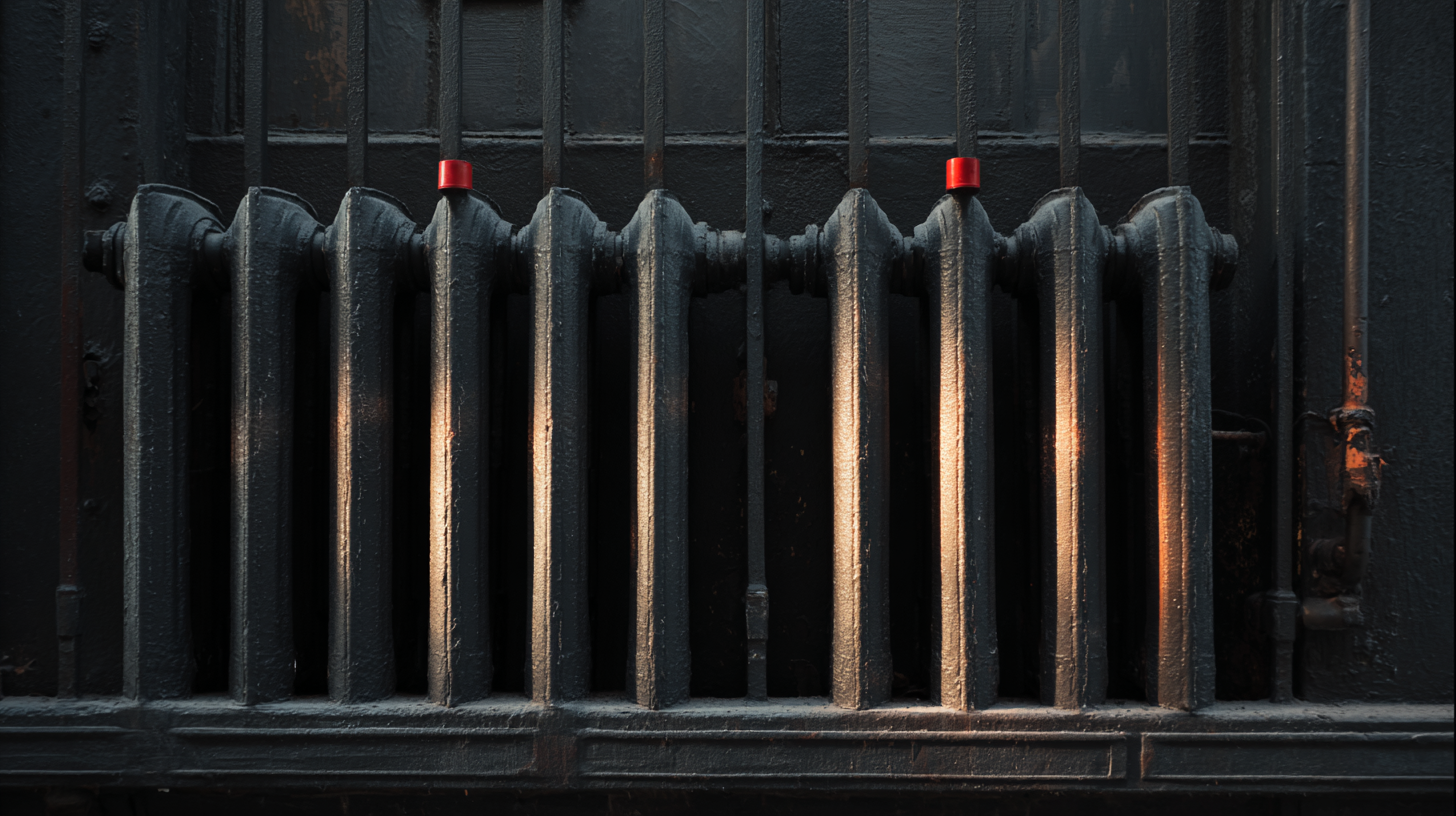
"Radiator Optimization is not just about adjusting settings; it's about creating a smart environment that responds to the needs of its occupants," says Dr. Emily Rowe, a leading expert in heating system efficiency. Her insights emphasize that with the right strategies in place, households and commercial spaces can achieve remarkable savings while enhancing heating performance.
As we delve into effective radiator optimization techniques, we will explore practical approaches that empower users to achieve and exceed the 30% energy savings benchmark. This guide aims to equip readers with the knowledge needed to implement effective changes, ultimately fostering a more sustainable future in heating practices.
Inefficiencies in heating systems often stem from common radiator issues that can lead to significant energy waste. One prevalent problem is air trapped within the radiator, which prevents hot water from adequately circulating.
This results in cold spots and inefficient heating, making the system work harder to maintain desired temperatures. Regular bleeding of radiators can help release this trapped air, ensuring that the heating system operates more smoothly and efficiently.
Another common issue is the presence of sludge and debris in the radiator or pipes. Over time, sediment can accumulate, leading to blockages that hinder water flow.
This not only reduces heating efficiency but can also cause wear and tear on the heating system, potentially leading to costly repairs. Flushing the system periodically can help clear out these obstructions, restoring optimal performance and enhancing energy savings. By understanding and addressing these inefficiencies, homeowners can implement effective radiator optimization techniques that contribute significantly to reducing energy consumption.
Implementing smart thermostats is a game-changer in achieving significant energy savings in heating systems. According to a report by the U.S. Department of Energy, homes equipped with smart thermostats can save an average of 10-12% on heating and cooling costs annually. These devices intelligently adjust the temperature based on user behavior and preferences, learning when to heat or cool the home efficiently. By utilizing features such as geofencing, smart thermostats detect when occupants are away and adjust the temperature accordingly, reducing unnecessary energy consumption.
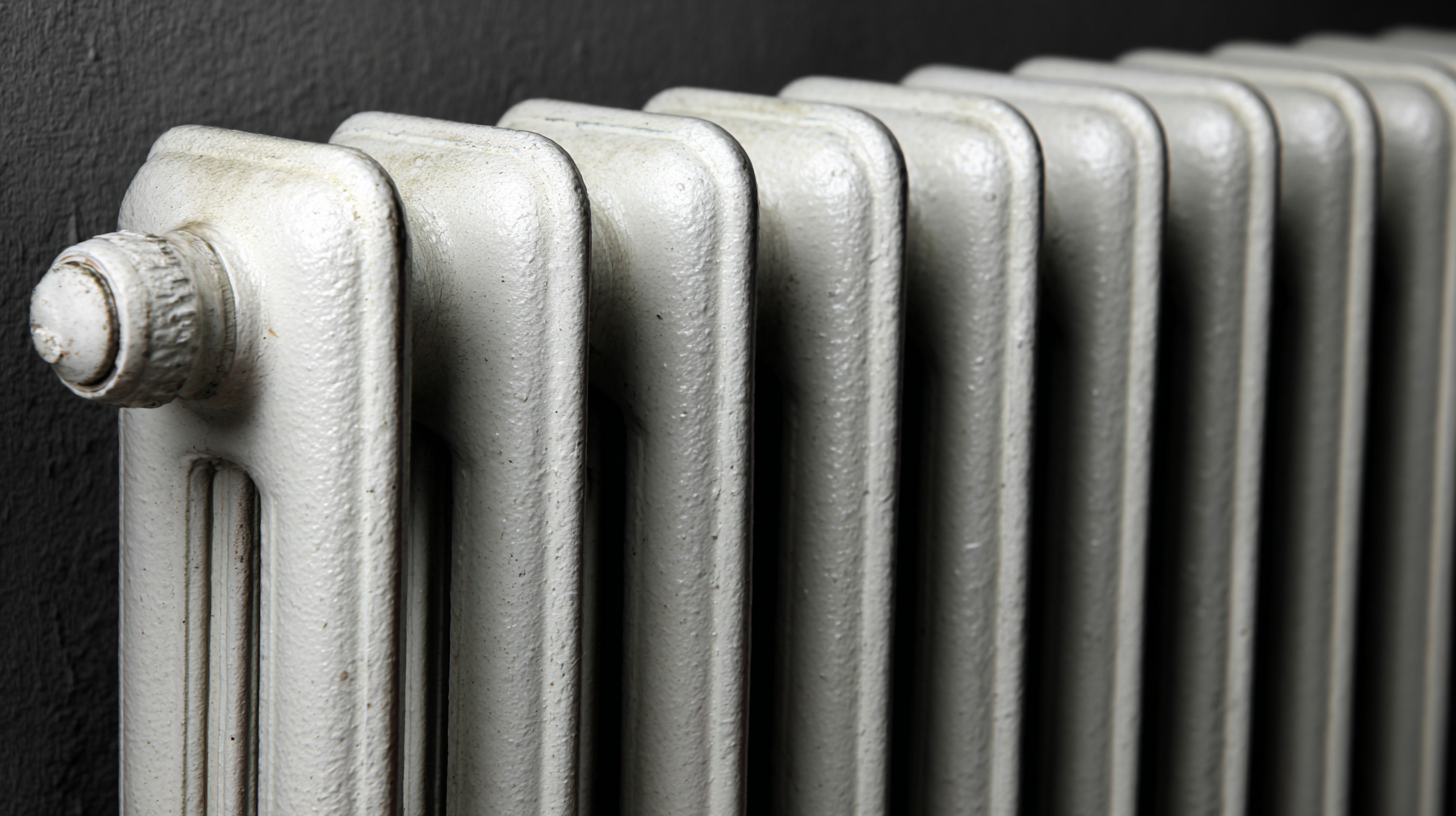
Moreover, a study conducted by the Energy Saving Trust reveals that optimizing radiator settings in tandem with smart thermostat technology can lead to an impressive energy reduction of up to 30%. This synergy not only maximizes comfort but also minimizes energy waste by ensuring that radiators operate only when needed. By integrating smart thermostats with effective radiator optimization techniques, homeowners can create a sustainable living environment while significantly lowering their utility bills.
Regular maintenance is essential for ensuring optimal performance of radiators, and two key techniques are cleaning and air bleeding. Over time, dust and debris can accumulate on the surface of radiators, hindering their efficiency and heat output. A simple yet effective cleaning routine involves dusting the radiator using a soft cloth or a vacuum with a brush attachment. Furthermore, removing any accumulated dust not only improves energy efficiency but also enhances indoor air quality.
Air bleeding is another critical aspect of radiator maintenance that can lead to significant energy savings. Air can become trapped in radiator systems, creating cold spots and reducing overall heating efficiency. To address this, homeowners should periodically use a radiator key to open the bleed valve and release any trapped air. This process allows hot water to circulate efficiently, ensuring that the radiator operates at its best. By integrating these maintenance techniques into a regular schedule, homeowners can achieve better performance and enjoy the benefits of enhanced energy savings.
Insulating radiators is a crucial aspect of optimizing energy efficiency and minimizing heat loss in residential and commercial buildings. According to the Energy Saving Trust, poorly insulated radiators can lead to energy losses of up to 20%. This not only increases heating costs but also contributes to a larger carbon footprint. Implementing effective insulation techniques, such as using radiator panels or reflective insulation, can significantly enhance the efficiency of heating systems. These methods work by reflecting heat back into the room, ensuring that more warmth is retained where it’s needed.
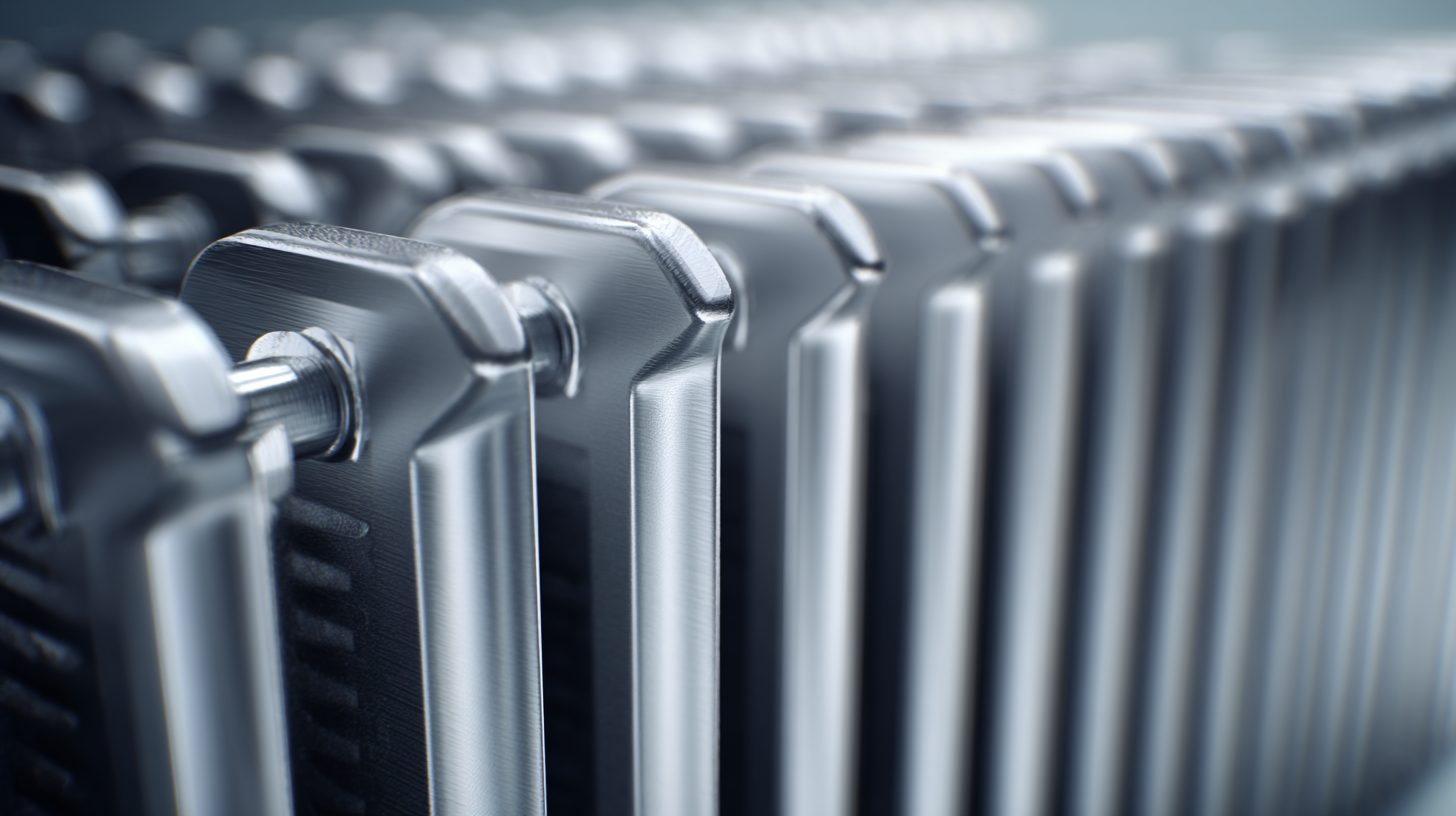
Moreover, advanced insulation techniques involve using high-performance materials that resist heat transfer. A report from the U.S. Department of Energy indicates that adding insulation around pipes and beneath the radiator can provide substantial energy savings, potentially up to 30% in certain cases. Homeowners can also consider thermal curtains or radiator covers that include built-in insulation to further minimize heat loss. By focusing on insulating radiators properly, not only can property owners enjoy a more comfortable living environment, but they can also contribute to broader energy conservation efforts, further benefiting both the economy and the planet.
Integrating zoning systems into heating solutions is revolutionizing energy efficiency in urban environments. As cities seek to decarbonize their heating networks, zoned heating allows for tailored temperature control in different areas of a building, leading to significant energy savings. According to market forecasts, the underfloor heating market is projected to reach USD 13.7 billion by 2035, reflecting a compound annual growth rate (CAGR) of 5.5% from 2025, underscoring the rising demand for customized heating solutions.
Tips: When implementing a zoning system, consider using smart thermostats that can adapt to the individual preferences and schedules of homeowners. This fine-tuning can lead to reduced energy consumption and enhanced comfort. Additionally, those looking to upgrade their systems should explore hydronic underfloor heating options, which can provide efficient warmth across multiple zones with minimal energy loss.
Moreover, as companies expand their HVAC offerings, integrating advanced airflow and zone control technologies becomes essential. The global market for these control systems is expected to grow significantly, with a market size estimated at USD 5.34 billion in 2024. This growth highlights the need for innovative solutions that promote energy efficiency while delivering customizable comfort across diverse spaces.
